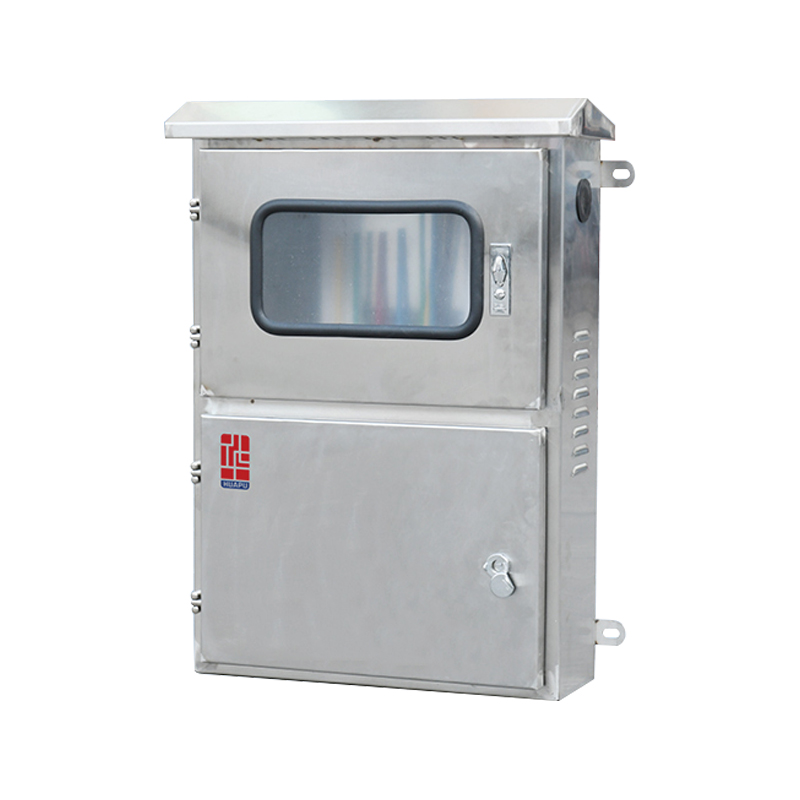Industry News
Purpose and Function of Underground Electrical Junction Boxes
An underground cable electrical wire junction box plays an important role in electrical systems where wiring needs to be protected and connected safely below ground level. These boxes are designed to house and protect electrical connections for cables that run underground, ensuring durability, safety, and reliable operation in various environments.
The primary purpose of an underground junction box is to provide a secure enclosure for electrical wire connections. It allows multiple cables to be joined or split while shielding the connections from moisture, dirt, and physical damage. By preventing exposure to the elements and accidental interference, these boxes help maintain the integrity of underground electrical systems.
Junction boxes are essential in applications such as street lighting, outdoor power distribution, garden or landscape lighting, and industrial installations. They facilitate maintenance by making wire connections accessible and organized, reducing the risk of damage during repair or inspection.
Typically, underground junction boxes are made from materials that resist corrosion, moisture, and mechanical impacts. Common materials include high-density polyethylene (HDPE), polypropylene, or other durable plastics, which provide insulation and environmental protection. Some boxes are constructed from metals with protective coatings, but plastic variants are often preferred due to their resistance to rust and ease of installation.
The design usually includes a sealed lid or cover to prevent water ingress and keep debris out. The enclosure must be watertight or at least water-resistant, as it will be buried underground where it is exposed to moisture. Many boxes come with gasket seals or locking mechanisms to ensure a secure fit.
The size and shape of the junction box vary depending on the number of cables to be connected and the space needed for wiring. Larger boxes allow for easier cable management and future expansions.
Proper installation of underground junction boxes is crucial for safety and performance. The box is typically placed in a trench or a prepared hole below the surface, with cables entering through specially designed knockouts or cable glands. These entry points are sealed to prevent water or soil from entering the enclosure.
It is important to ensure that the box is installed at an appropriate depth to avoid damage from surface activities such as landscaping, pedestrian traffic, or vehicle movement. The box should be positioned on a stable base, often with gravel or sand to aid drainage and reduce shifting.
During installation, wire connections inside the box must be securely made using appropriate connectors, ensuring good electrical contact and insulation. After completing the connections, the box is sealed and backfilled carefully to protect it without applying excessive pressure that could deform the enclosure.
Using underground junction boxes simplifies the wiring layout by providing a centralized point for cable connections. It enhances safety by protecting wiring from external hazards and helps meet electrical codes and standards for underground wiring.
These boxes also support easier troubleshooting and maintenance, as electricians can access connections without disturbing the surrounding soil extensively.
Common applications include residential underground wiring, commercial lighting systems, telecommunications, and municipal electrical infrastructure. The use of junction boxes in these settings contributes to longer service life and reliability of underground cable installations.
While underground junction boxes are designed to be low maintenance, occasional inspection is advisable, especially after severe weather or excavation work nearby. Checking for signs of moisture ingress, corrosion, or damage to the enclosure can prevent electrical faults.
If water or dirt is found inside the box, the enclosure should be opened, cleaned, and resealed to restore protection. Regular maintenance helps avoid costly repairs and downtime in the electrical system.

Next
Designing and Integrating Commercial Energy Storage Solutions
<p><a href="/product/commercial-energy-storage/" target="_blank">Com...
View More- PRODUCTS
- New Energy Power Distribution Equipment
- Box Type Substation
- Cable Branch Box/Switch Station
- High Voltage Switchgear
- Low Voltage Switchgear
- Engineering Vacuum Circuit Breaker
- New Energy Vehicle Floor Charging Pile
- Commercial Energy Storage
- Photovoltaic Complete Box
- High Voltage Arrester
- INFORMATION
-
-
Phone+86-13868788848
+86-13356188725 -
Tel+86-0577-88810567
-
E-mail
-
AddNo. 59, Youyi Road, Xinguang Industrial Zone, Liushi Town, Yueqing City, Zhejiang, China
-
- ENQUIRE WITH US
Photovoltaic Module Manufacturer




 English
English  中文简体
中文简体  русский
русский  Español
Español  عربى
عربى 


